Educating Bartenders Worldwide.
By Beverage Trade Network
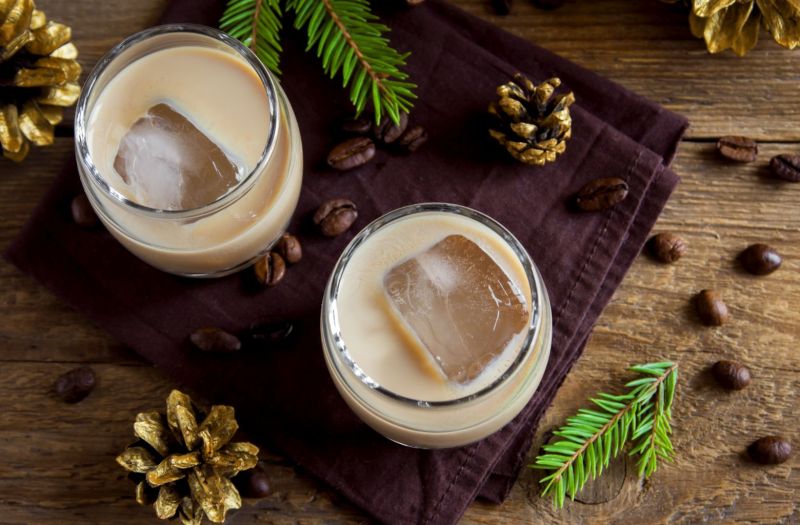
No other beverage in the world even comes close to matching coffee's level of popularity. Around the world, 2 billion cups of caffeine are consumed every single day. Is it surprising that none of us sleep well and that drinks spiked with it are common? I think not!
For decades, coffee has been a crucial component of cocktail recipe sheets. However, the same serves are always the ones getting the most attention: coffee martinis. Irish coffee. Russian blacks. European Russians. Without a question, the increase in the availability of high-quality coffee liqueurs on the market, as well as the associated increase in consumer use, has fueled this new wave of caffeinated innovation. The annual growth rate of coffee liqueur consumption, according to tastewise, is 43.88%. The coffee-flavored liquors of today, however, are not at all like the cream-infused Lebowski drinks of yesteryear.
[[relatedPurchasesItems-31]]
The star ingredient in the current artisan liqueur craze, the coffee, is what makes it so exciting. To generate individual flavor profiles, distillers are concentrating on various styles and blends. They are also using roasting and brewing methods—a strategy earlier not much used with mass-produced versions of these spirits. Even though coffee liqueur might not ever experience the same kind of explosive growth in popularity as, say, bourbon or even Amari, it does seem to be a category that's gaining some ground. Although there hasn't been significant growth in this product category's sales, there has undoubtedly been a continuous rise.
Some classic drinks, like the Black and White Russian, heavily feature coffee liqueur. Additionally, there are other variations available, including older vintage bottles and more recent artisan distillery expressions. They all share the ability to deliver flavors of roasted chocolate and espresso along with a touch of sweetness and perhaps some herbal undertones. Here are the top 15 coffee liqueurs to try:
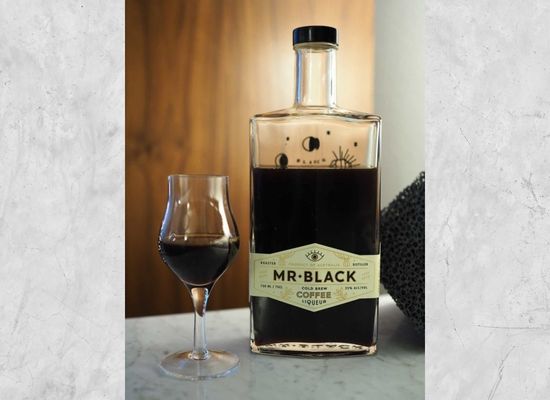
Image Source: Whisky Monster
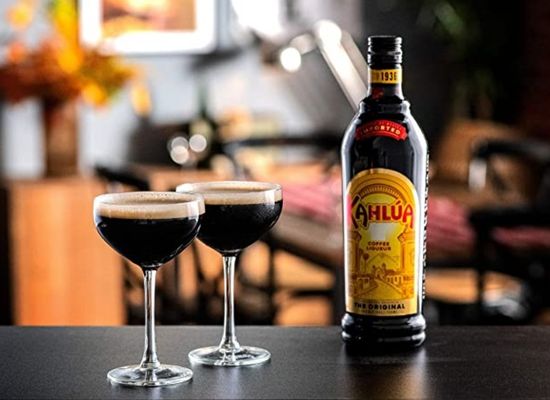
Image Source: Amazon.Co.UK
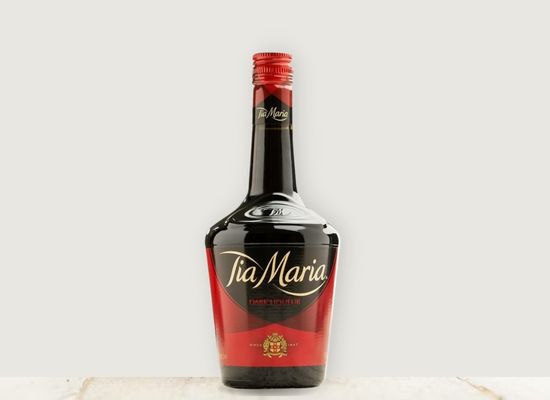
Image Source: Tia Maria
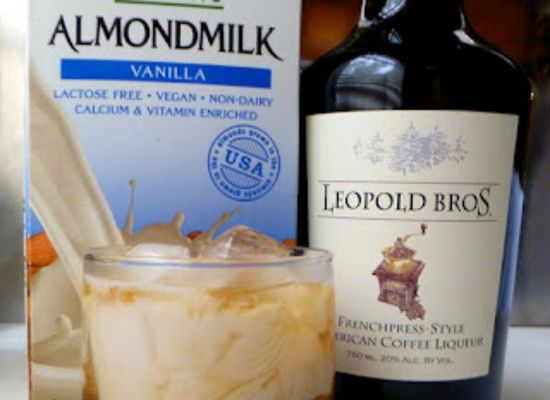
Image Source: Cookistry
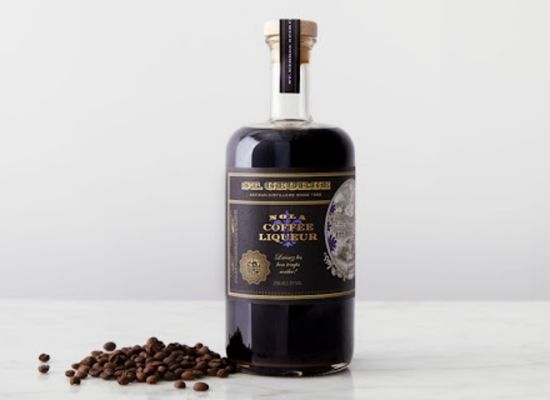
Image Source: Good Eggs
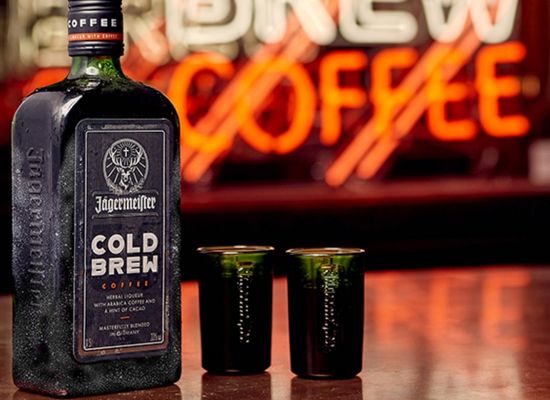
Image Source: Jägermeister

Image Source: The Mirror
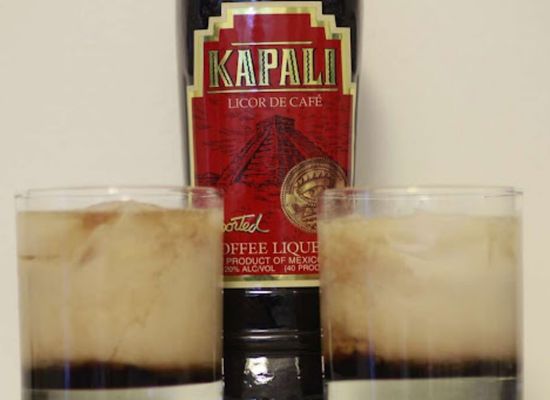
Image Source: Thrillist
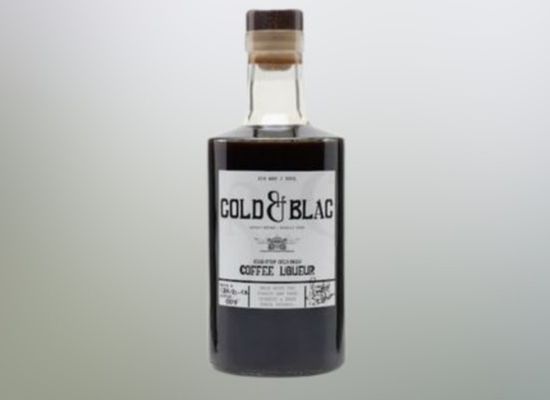
Image Source: The Whisky Exchange
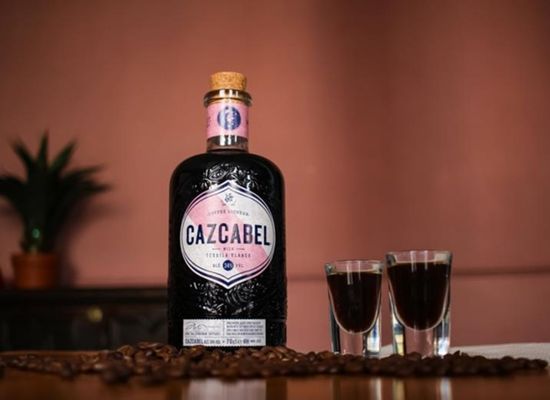
Image Source: Amazon.Co.UK
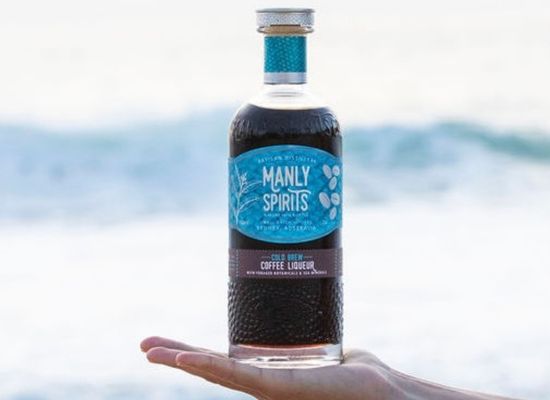
Image Source: Manly Spirits
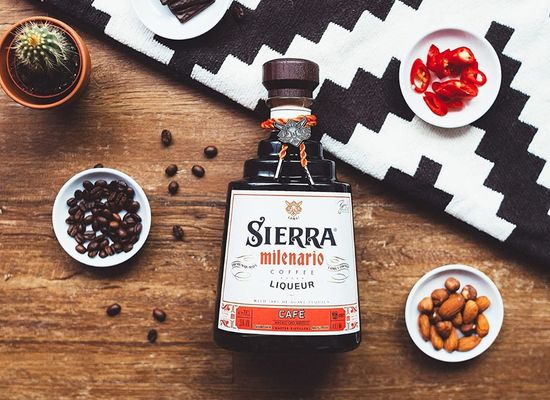
Image Source: Amazon.co.uk
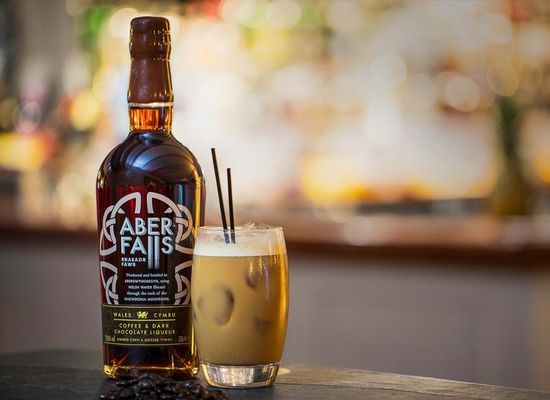
Image Source: Amazon
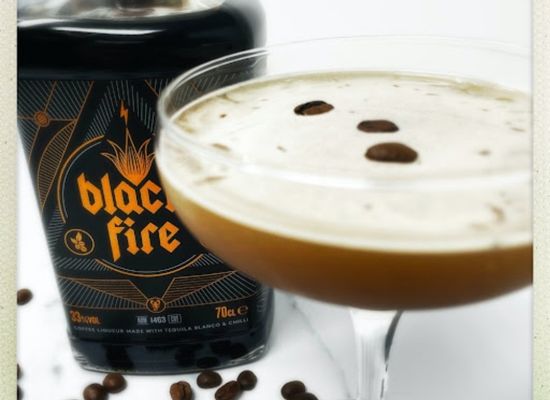
Image Source: Daisies & Pie
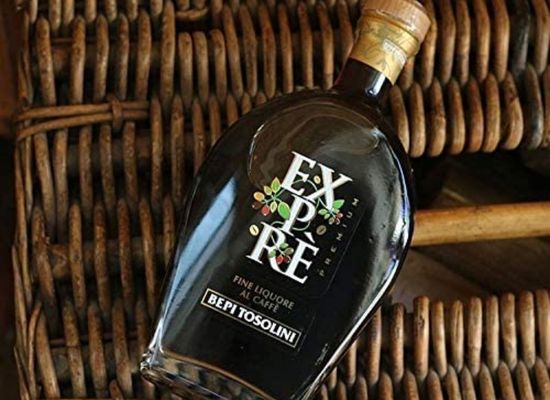
Image Source: Amazon.co.uk
The laws governing the use of caffeine in alcoholic beverages are always changing. They are something beverage makers must be mindful of as they experiment with new coffee and alcohol combinations. In the United States, alcoholic energy drinks were extensively banned in 2010. Four manufacturers of caffeinated alcoholic beverages received letters of caution from the Food & Drug Administration (FDA) informing them that adding caffeine to malt beverage products was an "unsafe food ingredient." Although alcoholic beverages typically fall under the jurisdiction of the Tobacco Tax and Trade Bureau (TTB), in this instance the TTB agreed that shipping and selling beverages that are deemed adulterated under the Federal Food, Drug, and Cosmetic Act (FFDCA) are mislabeled under the Federal Alcohol Administration (FAA) act. As such, they are not permitted to be shipped or sold. Food additives are subject to FDA review and approval.
The European Centre for Monitoring Alcohol Marketing found that due to potential issues with EU trade agreements, non-member states in Europe have stricter laws regarding alcoholic beverages containing caffeine than do EU member states. The survey also discovered that there were more alcoholic energy drinks available in most nations without an energy drink ban. Alcoholic energy drinks including guarana and ginseng are becoming more popular as a way to get around severe caffeine limits. It's the case even in nations with strict limitations on drinks with more than 150 mg of caffeine per liter.
Beverage manufacturers must be cognizant of the effects of current and future rules. They have to check on how they can create, advertise, and sell products as increasing evidence indicates the harmful effects of mixing alcohol and caffeine.
More drinks containing alcohol and coffee are emerging because of their long-standing appeal. The appearance of those beverages will be heavily influenced by consumer preferences and the legal and regulatory framework in which they are introduced.
Even though specialty coffee has rapidly expanded in a number of important consumer areas, and despite partnerships with companies like Vigilante and Flying Dog, coffee-infused alcoholic beverages and liqueurs continue to be associated with the usage of lower-grade, commodity coffee. The surrounding businesses and market sectors appear to be taking notice as the specialty coffee industry expands. The increased culinary appreciation of coffee brought about by third-wave coffee is beginning to permeate other businesses. It is prompting breweries and distilleries, for instance, to reconsider the coffee they use in their products.
From the personal front, the variety of coffee liqueurs strikes a balance between refinement and extravagance. Coffee-flavored liqueurs serve as a dessert and a digestif. It is despite the fact that liqueurs themselves are often sweet spirits consumed after meals. Liqueurs made from coffee combine the finest of both worlds. These boozy concoctions will satisfy your sweet taste and settle your tummy. They make them the ideal way to end any substantial meal.
From the point of view of business, the surrounding businesses and market sectors appear to be taking notice as the specialty coffee industry expands. The increased culinary appreciation of coffee brought about by third-wave coffee is beginning to permeate other businesses.
As a result, coffee is starting to be seen as more than just a source of caffeine. And given that well-known brands like Jagermeister and Jameson are beginning to catch on and develop their own alcohols with coffee in them, it appears that this increased emphasis on quality in coffee liqueurs is more important than ever.
Article by: Vidisha Dewan, Beverage Trade Network
Header Image Source: Swan